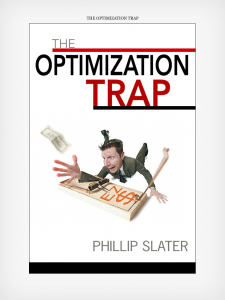 Recently I had an interesting experience with a client that I thought that I should share.
Recently I had an interesting experience with a client that I thought that I should share.
This client has been through our inventory optimization and reduction training using the Inventory Cash Release (ICR) Inventory Reduction Program but was not making progress at a rate which satisfied me or their senior management.
When these things happen I like to go straight to the source and work directly with the guys doing the implementing. Here’s what I found.
- Everyone that had attended the inventory optimization and reduction training fully understood what was required. They understood the ICR process and the different strategies that could be applied. This means that the inventory reduction training worked but hasn’t been implemented.
- All of the team had reverted to their old way of doing things – this is what they were comfortable with.
- Specific recommendations relating to target setting and tracking actions rather than outcomes had not been implemented.
Bingo.
This is a classic spare parts inventory optimization trap that all change agents and implementers need to be ware of – the training was complete but without changing the way that outcomes were measured there was no transparency of the actions taken.
The client had developed an expectation that now that the team knew what to do, they would just go ahead and do it.
We all know that this isn’t true but sometimes it is the path of least resistance.
Now that we been crystal clear about the issue, senior management is implementing the original recommendations on measures and reporting and achieving their goals with inventory optimization and reduction.
They have now avoided this classic spare parts inventory optimization trap.
You might also be interested in this article:
Inventory Myth #1 – An Economic Order Quantity Saves Money
Or learn more at our Resource Center.
Author: Phillip Slater